- You cannot add "4WD Acrylic smart Car Chassis With Gear Motor Intelligent Car Robot Chassis with Speed Encoder Car DIY Kit" to the cart because the product is out of stock.
Arduino mini pro 5v 16 Mhz ATMEGA328
₨ 450
The board comes without built-in USB circuitry, so an o-board USB-to-TTL serial converter must be used to upload sketches. This can be an FTDI TTL-232R USB – TTL Level Serial Converter Cable for the 5V Arduino Mini Pro), or an FTDI TTL-232R-3V3 USB – TTL Level Serial Converter Cable. One quick way to connect these is by inserting a six-pin 0.1″ male pin header into the end of the FTDI cable or breakout board and pressing it against the six-hole programming header on the Mini Pro. If, however, you’re going to be uploading lots of sketches to your Pro Mini, you’ll probably want to solder some pins (male headers) to the holes.
Out of stock

Description
The Arduino Pro Mini ATMEGA328 is intended for advanced users who require flexibility, low-cost, and small size. It comes with the minimum of components (no on-board USB or pin headers) to keep the cost down. Be sure to provide the correct power and use components whose operating voltage matches that of the board.
The board comes without built-in USB circuitry, so an o-board USB-to-TTL serial converter must be used to upload sketches. This can be an FTDI TTL-232R USB – TTL Level Serial Converter Cable for the 5V Arduino Mini Pro), or an FTDI TTL-232R-3V3 USB – TTL Level Serial Converter Cable. One quick way to connect these is by inserting a six-pin 0.1″ male pin header into the end of the FTDI cable or breakout board and pressing it against the six-hole programming header on the Mini Pro. If, however, you’re going to be uploading lots of sketches to your Pro Mini, you’ll probably want to solder some pins (male headers) to the holes.
The board can be powered through USB via the six-pin programming header, or from a regulated 5V (depending on the model) supply applied to the VCC pin or an unregulated supply on the RAW pin. Any standard 0.1″ spaced header can be soldered to the holes on the Arduino Pro Mini. To use every pin requires two 12-pin headers, plus a six-pin header for programming if desired. The bare wire can also be soldered directly to the holes.
ATMEGA 328 Specifications:
- 131 Powerful Instructions – Most Single Clock Cycle Execution
- Up to 20 MIPS Throughput at 20 MHz
- Two 8-bit Timer/Counters with Separate Prescaler and Compare Mode
- One 16-bit Timer/Counter with Separate Prescaler, Compare Mode, and Capture Mode
- Real-Time Counter with Separate Oscillator
- Six PWM Channels
- 8-channel 10-bit ADC in TQFP and QFN/MLF package
- Programmable Watchdog Timer with Separate On-chip Oscillator
- On-chip Analog Comparator
- 23 Programmable I/O Lines
Package Includes: 1 x Arduino Pro Mini
Additional information
| Weight | 30 g |
|---|---|
| Dimensions | 4 × 3 × 2 in |
Only logged in customers who have purchased this product may leave a review.

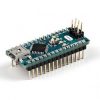




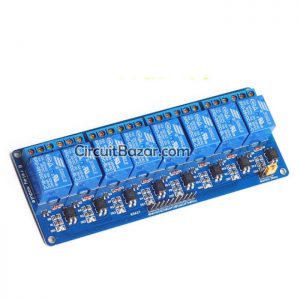



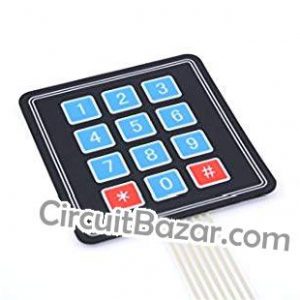





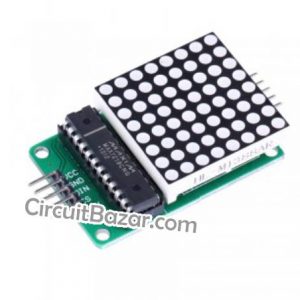
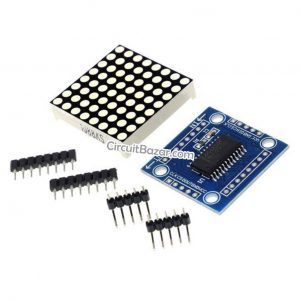





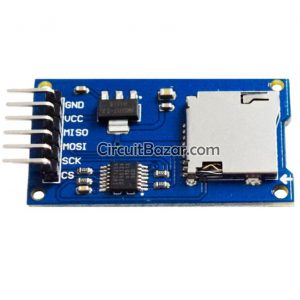






Reviews
There are no reviews yet.